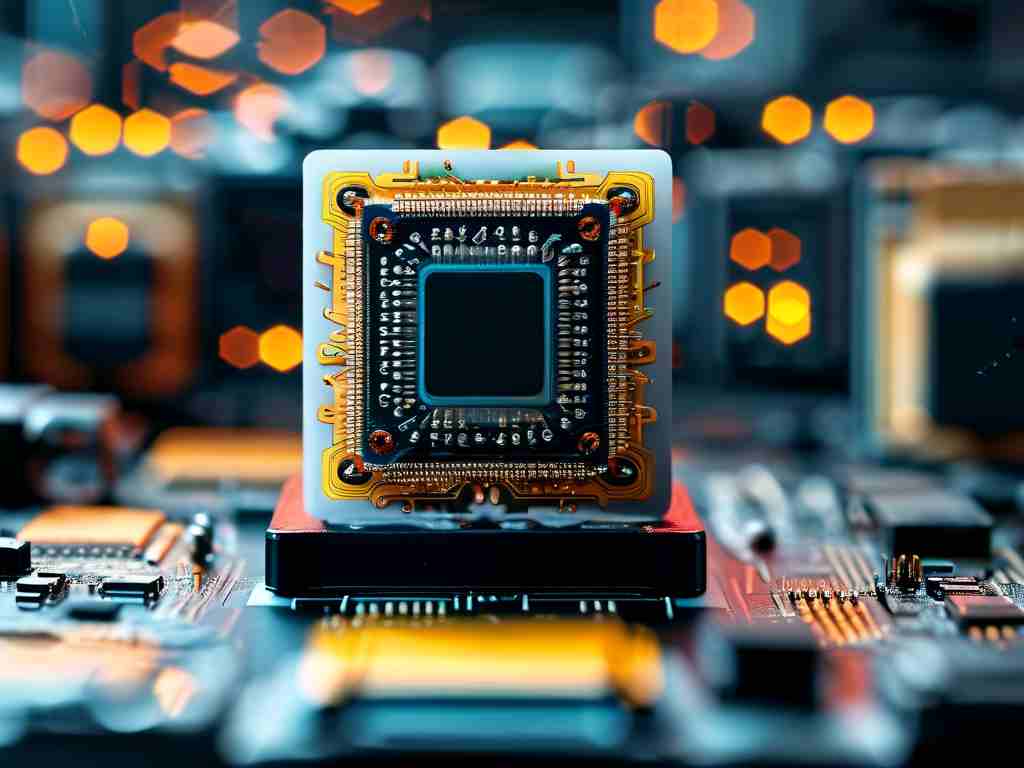In modern computing environments, memory management plays a pivotal role in determining system stability and application responsiveness. The concept of non-paged memory configuration has emerged as a critical technique for developers and system administrators seeking to eliminate performance bottlenecks caused by traditional paging mechanisms. This article explores the technical foundations, implementation strategies, and practical considerations of memory allocation without paging management.

At its core, non-paged memory refers to reserved RAM regions that remain permanently resident in physical memory. Unlike standard paged memory—which swaps data between RAM and disk storage—non-paged memory blocks avoid page faults entirely. This design proves particularly valuable for time-sensitive operations such as interrupt handling, real-time data processing, and kernel-mode driver execution where unpredictable disk I/O delays could cause system instability.
The Windows operating system implements this through the NonPagedPool and NonPagedPoolNx memory pools. Developers can allocate non-paged memory programmatically using APIs like ExAllocatePool2 in kernel-mode drivers. For example:
PVOID buffer = ExAllocatePool2(POOL_FLAG_NON_PAGED, size, tag);
This code snippet reserves memory that will never be paged out, ensuring deterministic access times for critical functions.
Linux systems achieve similar results through different mechanisms. The kernel's vmalloc() function with GFP_KERNEL_ATOMIC flags or the use of mlock() system calls allows processes to lock pages in physical memory. Administrators can configure this at the system level via /etc/sysctl.conf parameters like vm.min_unmapped_bytes to influence how the kernel manages non-pageable regions.
Three primary advantages drive adoption of non-paged memory configurations. First, it eliminates page fault overhead, reducing latency spikes in real-time applications. Second, it prevents potential system crashes caused by inaccessible paged-out data during critical operations. Third, it simplifies memory access patterns for hardware interaction by guaranteeing physical address consistency.
However, this approach introduces notable tradeoffs. Over-allocation of non-paged memory can starve other processes of available RAM, potentially leading to increased paging activity elsewhere. System administrators must carefully balance reserved non-paged areas against total physical memory capacity. Monitoring tools like Windows Performance Monitor (perfmon) counters for "NonPaged Pool Bytes" or Linux's slabtop utility become essential for maintaining optimal allocations.
Practical implementation requires understanding hardware limitations. Modern processors with Translation Lookaside Buffer (TLB) optimizations may still cache virtual-to-physical mappings for non-paged memory, but architectural differences across CPU generations can affect performance outcomes. For instance, AMD's Zen 4 architecture handles non-paged memory differently than Intel's Golden Cove cores, necessitating vendor-specific tuning in heterogeneous environments.
Security considerations add another layer of complexity. While non-paged memory improves reliability, it also creates persistent attack surfaces. The Windows Kernel Patch Protection feature (PatchGuard) specifically monitors non-paged regions for unauthorized modifications. Similarly, Linux's Kernel Address Space Layout Randomization (KASLR) implementations must account for fixed-location non-paged memory segments during randomization processes.
In cloud computing environments, non-paged memory management intersects with hypervisor configurations. Virtual machines requiring guaranteed low-latency access often employ techniques like NUMA node pinning combined with non-paged allocations. Cloud providers typically expose these controls through specialized instance types—AWS's "bare metal" EC2 options or Azure's "Ultra SSD" VMs being prime examples.
Looking ahead, advancements in persistent memory technologies like Intel Optane DC Persistent Memory Modules are reshaping non-paged memory paradigms. These solutions blur traditional boundaries between storage and memory, enabling new configurations where non-paged regions persist across system reboots—a capability with profound implications for database systems and transactional processing applications.
For developers implementing custom solutions, rigorous testing remains paramount. Stress-testing non-paged memory allocations under peak load conditions helps identify fragmentation issues or memory leaks. Tools like Driver Verifier for Windows kernel modules or Linux's kmemleak detector provide essential diagnostics for maintaining system health.
In , non-paged memory configuration represents a double-edged sword that requires careful wielding. When applied judiciously to specific performance-critical components, it can dramatically enhance system reliability and responsiveness. However, its implementation demands thorough understanding of both software architecture and hardware capabilities, coupled with continuous monitoring to prevent resource contention. As computing workloads grow increasingly complex, mastering these memory management techniques will remain essential for optimizing modern system performance.









